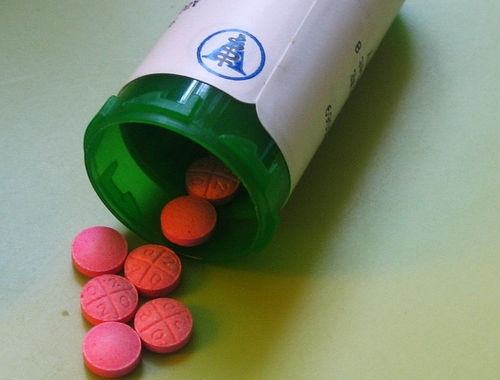
(CC-BY-NC-ND) – Rakka
Today’s New York Times features a story on a leaked draft outline the Trump Administration’s upcoming Executive Order on drug pricing. According to the Times, “the document directs the United States trade representative to conduct a study of price differences between the United States and other countries, and to review trade agreements that may need to be revised ‘to promote greater intellectual property protection and competition in the global market’.”
It as many others have already pointed out (KEI, Public Citizen, UEAM), this will do nothing to reduce drug prices in the United States.
Indeed, the level of intellectual property protection around the world has increased over the past two decades, especially in low- and middle-income countries, as WTO Members have implemented their obligations under the TRIPS Agreement. As they have done so, they have imported more medicines (at higher prices) from the United States. As the table below shows, this increase has been massive.
| 1992 Mil.$ |
2016 Mil.$ |
Change Percent |
|
| China | 10.3 | 1,293.6 | 12,459% |
| India | 3.2 | 206.6 | 6,356% |
| Average national imports from all other countries | 22.4 | 339.1 | 1414% |
[Source: UN Comtrade Database. Pharmaceutical imports identified by Harmonized System of Tariff Code HS3004]
I chose to highlight China and India because they are both large countries which have increased patent protection as required by the WTO, have vastly increased their imports of medicines from the U.S., and yet are routinely targeted by PhRMA for having lax intellectual property protection. As you can see, they already have increased their purchases of U.S. drugs by very large amounts. The average increase in imports from all other countries is less than that of China and India, yet it is still a very substantial 1414% increase over 24 years.
Despite these large increases in exports, prices in the U.S. rose throughout the same period. It certainly does not suggest that helping U.S. drug firms earn more money in other countries will lower prices at home.




